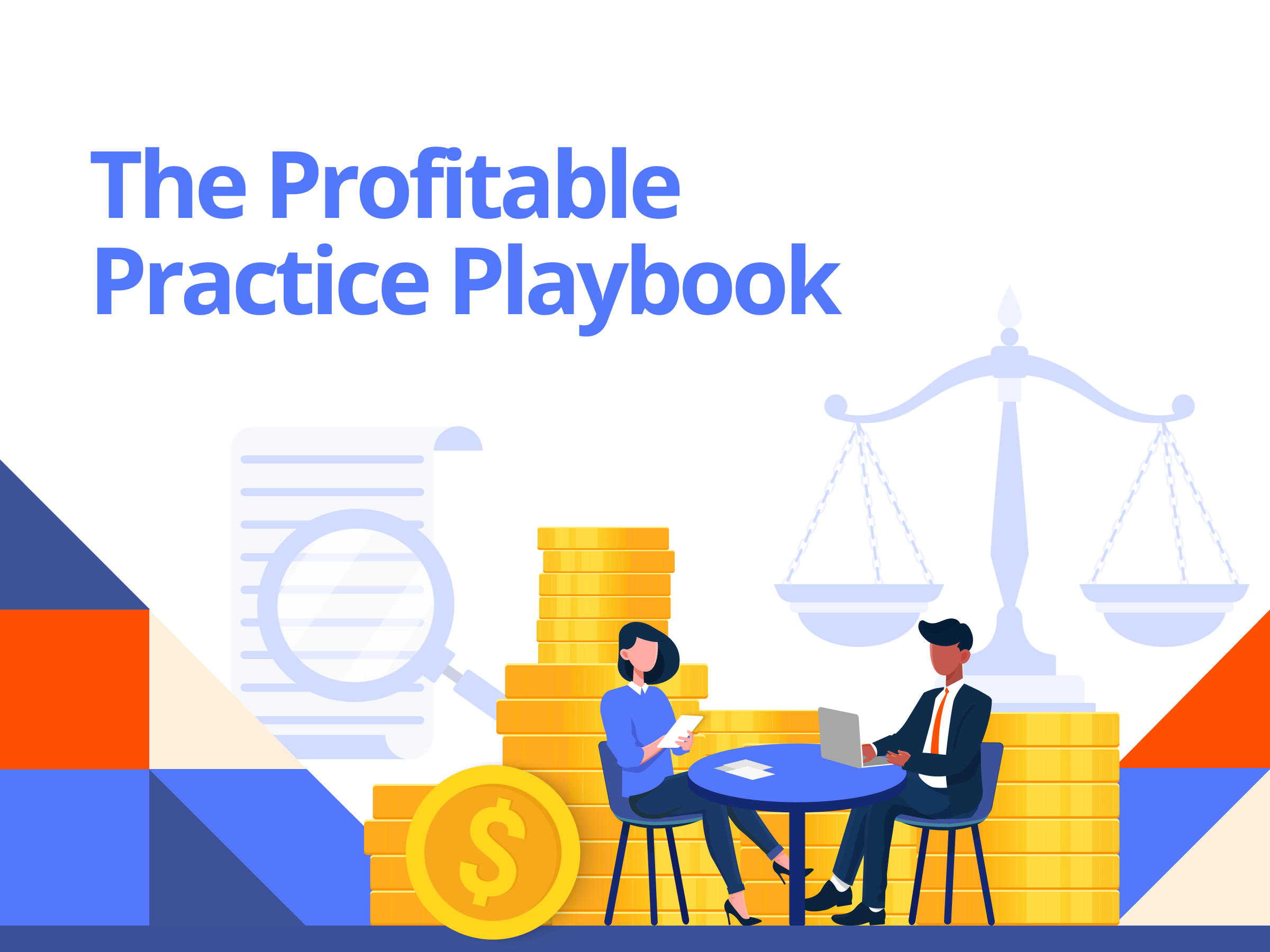The average business owner doesn’t necessarily start thinking about taxes until after closing the current year’s books. Between the year-end close and the December holidays, you may not have much free time to think about April 15.
It’s never too early to start tax preparation, particularly if you don’t want to start each new year already behind the curve.

Should I File Business Taxes Annually or Quarterly?
Great question. The IRS requires most small business owners to make quarterly payments if they’re expected to owe tax of over $1,000.
Annual income tax payments are yearly for businesses not expected to pay more than $1,000 in business taxes that year. Most business owners will pay over that threshold, so they will file quarterly on the 15th day.
The type of business you are also determines your taxes, so check with the IRS website to make sure you’re on the right track. Regardless of whether you’re filing quarterly or annually, make a plan to file early.
Why File Early?
Of course, paying your businesses taxes on time is important, but by simply meeting the deadline, you can actually be putting your business behind.
Consider the influx of new businesses in the past few years. When every business waits until the last minute, that results in the IRS being overwhelmed.
This means, you’re going to have a rough time finding someone from the IRS who is available to answer your questions. In addition, you run the risk of delaying the usual three-week turnaround time.
Filing early mean you can:
- Possibly receive a faster tax refund
- Spread out your total tax payment for the current year and your first quarterly payment for the next year
- Avoid requesting a tax extension
- Cut down on deadline stress
- Avoid costly mistakes
Payroll Tax Preparation
As you know, you must send W-2s to your employees no later than Jan. 31, so this task must be completed early in the new year if you hope to avoid potential penalties or late nights at the office.
Depending on the accounting method you use, preparing each employee’s W-2 may be as easy as pushing a button and having your accounting software do the rest. If this is the case — or if you just place a phone call to your CPA firm — you’re one step ahead with your tax work.
On the other hand, you may have to manually gather salary and taxes-paid information from a number of sources. When this is the case, gathering what you already have for each employee on a monthly basis will mean less work after completing the year’s last payroll cycle.
Anything you can do to plan ahead now will mean more time to generate revenue in January.
Small businesses spend 2.5 billion hours prepping for and answering questions about their tax return each year.
~U.S. Senate Committee on Small Business & Entrepreneurship
Supporting Tax Document Preparation
Remember that new printer you purchased for the company back in May? Do you know where you put the receipt or purchase invoice? When it comes to your taxes — business or personal — it’s best to stick with the write-offs you can back up with documentation.
If nothing else, it will certainly mean less time sitting with your tax professional to discuss your business expenses for the year.
You’ll want to gather documents pertaining to:
- Income
- Receipts from sales and services
- Sales records
- Returns (and allowances)
- Interest on business checking and savings accounts
- Inventory
- All expenses
- Commissions paid
- Business insurance
- Business loan interest
- Professional fees
- Office supplies
- Rent
By using an end-to-end small business software platform, you can centralize all this information in one place. That makes it ready to export when you need it.
Right now is also an excellent time to establish your tax filing system for next year. Because you’ll have a place to put everything as the year progresses, you won’t have to hunt for documentation when you start your business’s tax preparation.
Using Tax Preparation for Financial Planning
Sometimes, it’s to your advantage to accelerate equipment or supply purchases. Having a good sense of your financial and tax situation will help you decide which opportunities to take advantage of in the current tax year, and what should wait until the next.
Understanding your tax situation before the end of the year is also wise if you think your tax liability may be higher than usual.
Consider Your Taxes
Keep in mind that self-employment taxes exist. If you operate in a sole proprietorship, partnership, as a freelancer or independent contractor, you’ll likely need to pay self-employment tax.
Consider it your W-2, although the self-employment tax is independent of the income tax. Self-employment taxes are paid on a quarterly basis, on top of any estimated income tax that’s also due.
Ultimately, it’s a good idea to find a certified public accountant to walk you through all these processes.
Preparing for tax season now will help you navigate tax season with far less stress and pain at tax time — and help you submit all necessary documents with confidence, reducing your audit risk.
If keeping your ducks in a row is difficult, look into implementing business management software that can set your business up for (relatively) pain free tax-time success.

The Profitable
Practice Playbook
In this free ebook, we’ll show you how to uncover hidden costs and opportunities to improve the profitability of your practice.




